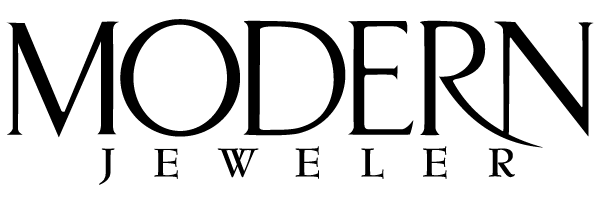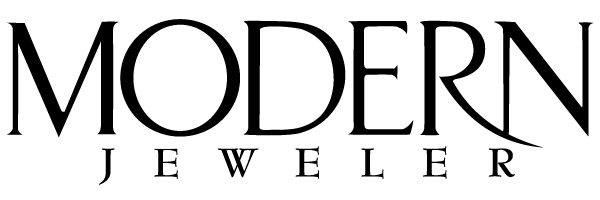The World Jewelry Confederation (CIBJO) has released the tenth and final pre-congress Special Report ahead of the 2025 CIBJO Congress, which opens in Paris on 27 October.
Prepared by the CIBJO Technology Committee, chaired by Stéphane Fischler, the report examines artificial intelligence (AI) as both a disruptor and an enabler within the jewelry sector.
The paper examines AI’s potential applications in design, manufacturing and trading, and the challenges of maintaining creativity, ethics and transparency as these technologies become more common in the industry.
“AI is neither inherently good nor bad,” Mr Fischler wrote. “Its success depends on how it is used. The most simple and the most advanced tools can create value or do harm depending on their accuracy, intent, context and governance. In the jewelry industry, the organisations that succeed in integrating AI creatively, strategically and ethically will see productivity soar while remaining firmly in charge of the decision-making process.”
Encouraging Innovation Within Traditional Frameworks
The report highlights the jewelry industry’s traditionally cautious approach to adopting new technologies due to its emphasis on heritage and craftsmanship. It notes that using AI effectively may require greater openness to experimentation and managed risk-taking.
“The jewelry sector, which instinctively prioritises heritage and craftsmanship, has traditionally been cautious in adopting new technologies. But AI requires experimentation and calculated risk-taking,” Mr Fischler said. “From generative design to forecasting, companies must create ‘safe to fail’ spaces where proposed solutions are debated and innovation is encouraged.”
This reflects a broader challenge for heritage-based industries: adopting digital tools without reducing the role of craftsmanship and human creativity.
Balancing Automation and Artisanship
A recurring theme in the report is the balance between technological efficiency and the preservation of human creativity. Fischler noted that luxury jewelry depends on emotional connection and craftsmanship narratives that could be undermined by excessive automation.
“Luxury jewelry thrives on stories of artisanship and human connection,” he said. “Over-automation risks stripping away this aura. A necklace that feels ‘machine-made’ may lack the emotional resonance of one crafted by hand. The challenge is ensuring AI supports artisanship rather than overshadowing it.”
Industry Collaboration and Upcoming Discussion
Mr Fischler was supported in preparing the report by members of the CIBJO Technology Committee, including Elle Hill (Hill & Co.), Mahiar Borhanjoo (De Beers Group), Thomas Baillod (BA111OD), David Block (Sarine Technologies), Daniel Nyfeler (Gübelin) and Emmanuel Piat (Maison Piat).A session dedicated to AI’s impact on the jewelry industry will take place during the congress on 28 October from 15:00 to 16:00 Paris time at the Comet Bourse Auditorium. The event will also be live streamed via the CIBJO Congress website at https://cibjo.org/congress-2025.




